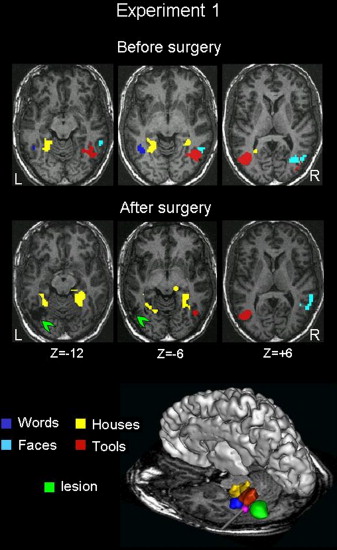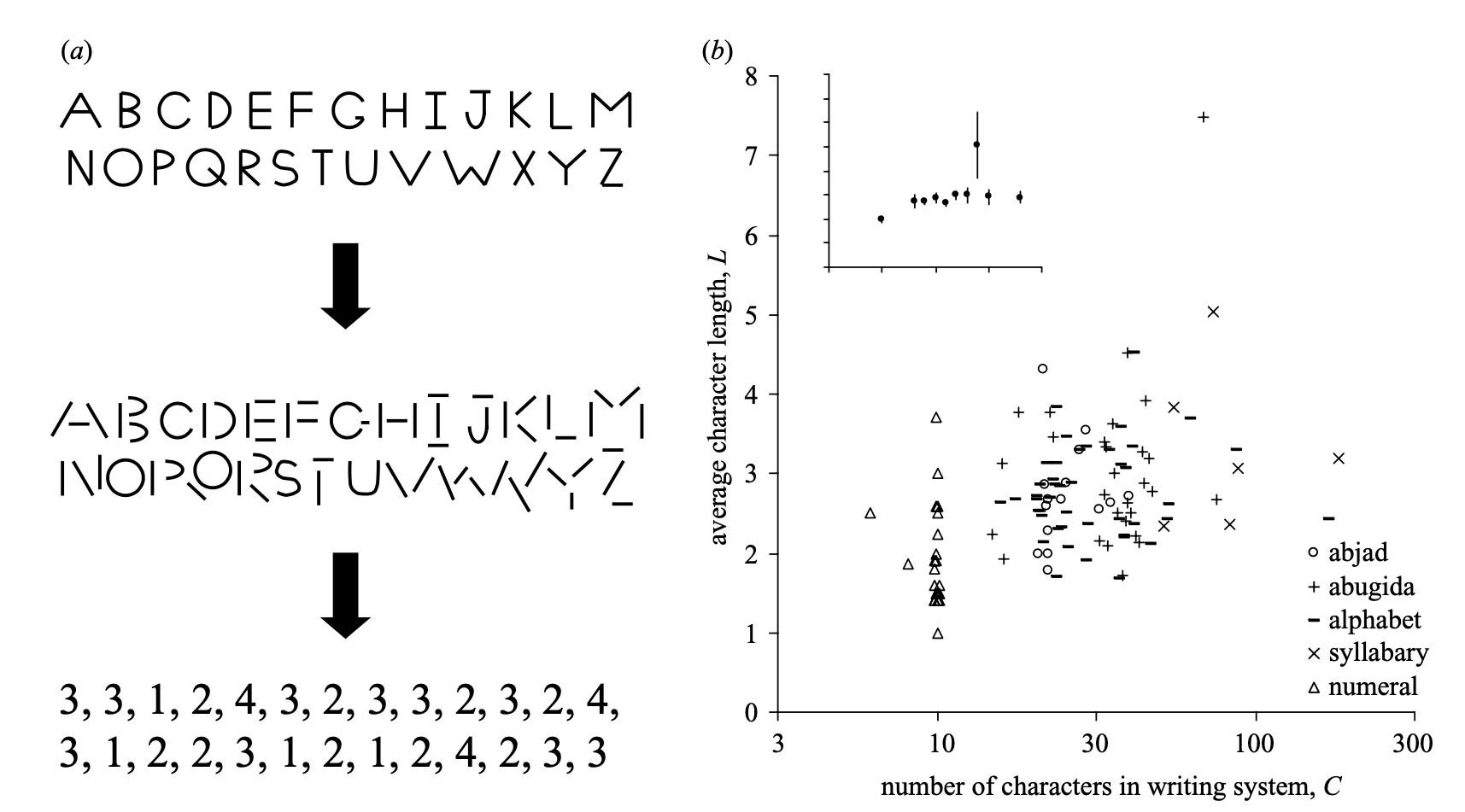In praise of neuroscience (for once)
Here, at ICCI, we are used to being skeptical about the contributions of neurosciences to the understanding of culture (see the posts on reading and religion, or Mixing Memories's post on colour categorisation). Indeed, very often, neuroscientific studies of cultural phenomena do not do more than replicating psychological experiments and showing that cultural phenomena involve the brain (in case you were thinking that people use their stomach to think of the novel they are reading, now you have good evidences that actually they use their brain...).
This skepticism does not mean that the neurosciences are irrelevant for anthropology. Far from it.
For instance, people find it doubtful that culture could be shaped by innate cognitive dispositions. They notice that cultural objects such as mathematics or writing systems are recent, variable, and acquired by learning. No selective pressure could have shaped the human brain to facilitate reading or high-level mathematics. From this valid premise, several authors have jumped to the conclusion that the cultural competence of the human species must have arisen from the novel emergence of a vastly flexible domain-general learning capacity. This hypothesis, indeed, lies at the heart of the ‘‘standard social sciences model'' (Tooby and Cosmides 1992) or the "blank slate model" (Pinker, 2002). Homo sapiens would therefore no longer owe its main dispositions to its biological architecture. Thanks to its plasticity, the human brain, more than that of any other animal species, would be capable of absorbing essentially any form of culture. It would be meaningless to investigate the cognitive constraints on culture.
However, parts of the human cortex are specialized for some cultural domains such as reading and arithmetic. Representations of letter strings and of numbers occupy reproducible locations within large-scale macromaps, respectively in the left occipito-temporal and bilateral intraparietal cortex. Furthermore, recent fMRI studies reveal a systematic architecture within these areas. Take the case of reading.
The location of the VWFA (Visual Word Form Area) is remarkably reproducible across subjects. It is always found at or around the lateral occipito-temporal sulcus, with a standard deviation of about 5 mm. This interindividual reproducibility is also accompanied by a remarkable cross-cultural consistency. Word-induced activation is found at or around the VWFA site in all good readers, regardless of the writing system they master.
 Insertion of activation evoked by written words within a larger-scale map of object preference in ventral and dorsal occipito-temporal cortex. The picture shows categorical preference in a single subject with epilepsy (from Gaillard et al., 2006).
Insertion of activation evoked by written words within a larger-scale map of object preference in ventral and dorsal occipito-temporal cortex. The picture shows categorical preference in a single subject with epilepsy (from Gaillard et al., 2006).
Later surgical removal of the marked region resulted in pure alexia and selective disappearance of the word-induced activation, establishing the causal role of the VWFA in reading.
From neurons to writing systems
How do we explain this paradoxical cerebral invariance of cultural maps? In a recent paper, Dehaene and Cohen have proposed a "neuronal recycling hypothesis", according to which cultural inventions invade evolutionarily older brain circuits and inherit many of their structural constraints. In order to enjoy cultural success, cultural inventions (e.g., reading) must find their ‘‘neuronal niche,'' a set of circuits that are sufficiently close to the required function and sufficiently plastic as to reorient a significant fraction of their neural resources to this novel use. In the case of reading for example, while the occipito-temporal cortex could not evolve for reading, the shapes used by our writing systems were submitted to a cultural evolution for faster learnability by matching the elementary intersections already used in any primate visual system for object and scene recognition.
If the neuronal recycling hypothesis is correct, then the VWFA may have exerted a powerful constraint, during the evolution of writing systems, on the very form that these systems take, thus reducing the span of cross-cultural variations. Note that such a hypothesis predicts that writing systems are partly universal (they are constrained by the architecture of the cognitive systems they parasite) and variable (many systems are compatible with these neuronal constraints).
Consistent with this hypothesis, Changizi and collaborators have recently demonstrated two remarkable cross-cultural universals in the visual properties of writing systems (Changizi and Shimojo, 2005; Changizi et al., 2006).
First, in all alphabets, letters are consistently composed of an average of about three strokes per character. This number may be tentatively related to the visual system's hierarchical organization (see Dehaene and Cohen for details).
 (a) Illustration of the method for determining character lengths (i.e. the number of strokes per character). Each character is decomposed into separable strokes, where strokes are separated by discontinuities so that ‘U' is one stroke but ‘V' is two, and also stroke junctions are decomposed into their constituents so that ‘T' and ‘X' junctions possess two strokes, ‘Y', ‘K'and ‘W‘ junctions possess three strokes, etc. Three naïve observers were asked to decompose characters into strokes, and there were no disagreements. (b) Plot of average character length versus the number of characters (on a log scale), for 115 writing systems.
(a) Illustration of the method for determining character lengths (i.e. the number of strokes per character). Each character is decomposed into separable strokes, where strokes are separated by discontinuities so that ‘U' is one stroke but ‘V' is two, and also stroke junctions are decomposed into their constituents so that ‘T' and ‘X' junctions possess two strokes, ‘Y', ‘K'and ‘W‘ junctions possess three strokes, etc. Three naïve observers were asked to decompose characters into strokes, and there were no disagreements. (b) Plot of average character length versus the number of characters (on a log scale), for 115 writing systems.
A second cross-cultural universal is that, in all writing systems, topological intersections of contours (e.g., T, Y, L, D) recur with a universal frequency distribution. Remarkably, these intersections are not typically observed in random images, but occur with the same frequency in natural images. Many of these intersections signal ‘‘nonaccidental properties'' that denote important and invariant connection and occlusion relation and are already encoded in monkey infero-temporal cortex.
 Illustration of the kinds of variation allowed within a configuration type.
Illustration of the kinds of variation allowed within a configuration type.
Source: Changizi, M. A., Zhang, Q., Ye, H., & Shimojo, S. (2006).
By carefully matching the neuronal constraints of the visual system and the recurrent features of writing systems, such a study clearly show that culture is shaped by innate cognitive dispositions. Moreover, it shows how neurosciences can complement behavioural studies and bring original and decisive data to the field.



Colin Holbrook 12 July 2009 (03:44)
Thanks, Nicolas, for calling attention to this excellent research. But it may be worth recalling that the notion of "neuronal recycling" is pretty standard fare. For instance, the whole "greebles" versus dedicated face module debates of the last decade turn around similar notions of co-optation. And of course, cognitive exaptations would more or less [i]have[/i] to work along these lines. So, while it is fundamental to eventually unveil this story in rigorous neural detail, the basic idea is not particularly groundbreaking.
Nicolas Baumard 12 July 2009 (14:47)
I agree with you, Colin: neural recycling is not new. However, having a particular example related to culture changes everything in the debate between evolutionnists and culturalists. Before such studies, one could be sceptical about the possibility and the relevance of neural recycling for culture. With a detailed theory of the link between visual neurons, experiments on reading and the evolution of writing systems, it's much harder not to think that evolution shapes culture.